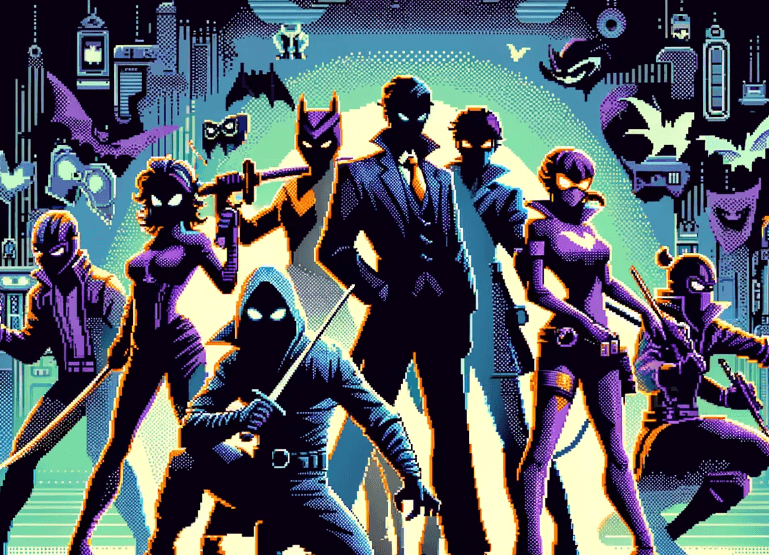 Thank you for joining us. First, let’s begin with your name. You’ve been called many titles in tournament reports. How should we address you tonight?
Thank you for joining us. First, let’s begin with your name. You’ve been called many titles in tournament reports. How should we address you tonight?
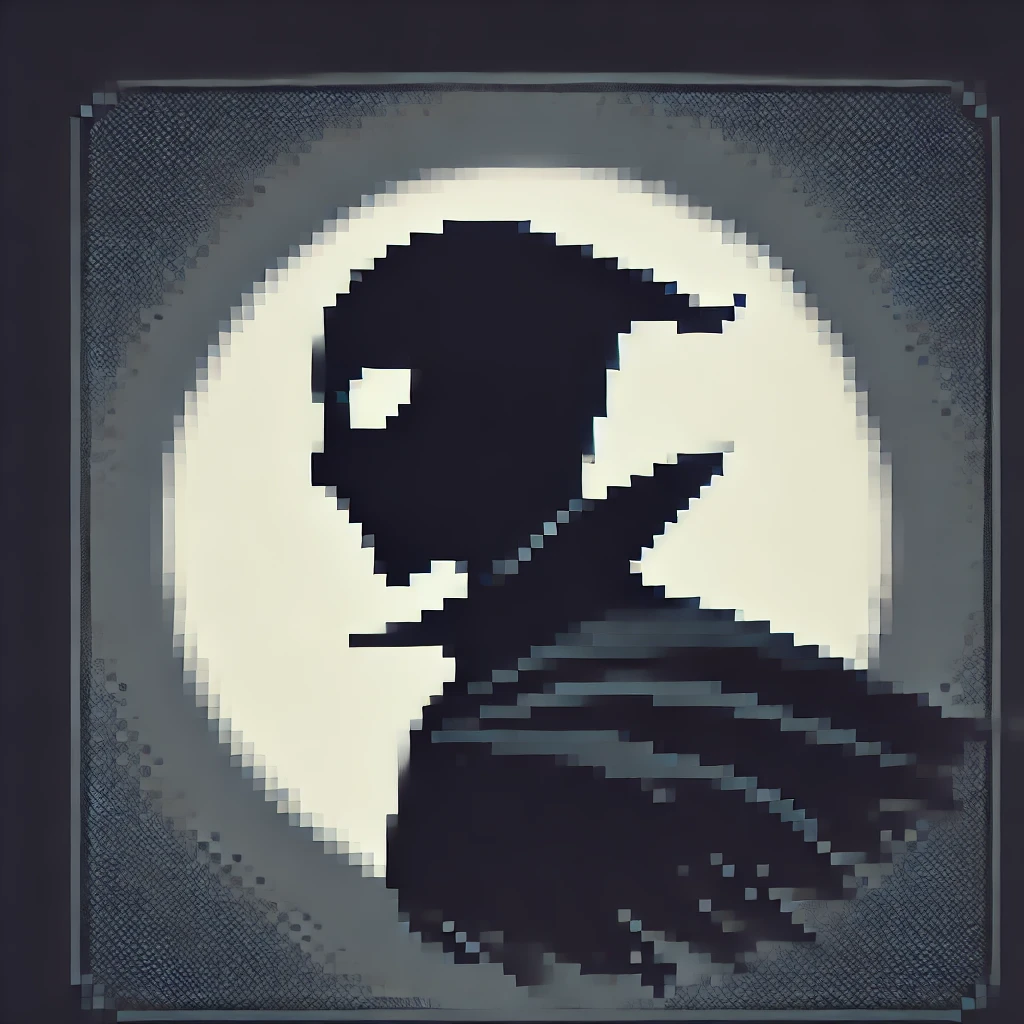 For this interview, I will answer to Director Nocturne. Keep the rest of your bullet points; names are ornaments. However, know this: every syllable of my title is designed to unsettle. Contestants called me many things—between clenched teeth and shouts of victory. Yet the less they knew, the sweeter their panic became.
For this interview, I will answer to Director Nocturne. Keep the rest of your bullet points; names are ornaments. However, know this: every syllable of my title is designed to unsettle. Contestants called me many things—between clenched teeth and shouts of victory. Yet the less they knew, the sweeter their panic became.
 Battle Golfer Yui blends golf with a Japanese-style adventure. How did you transform a leisure sport into a weapon of domination?
Battle Golfer Yui blends golf with a Japanese-style adventure. How did you transform a leisure sport into a weapon of domination?
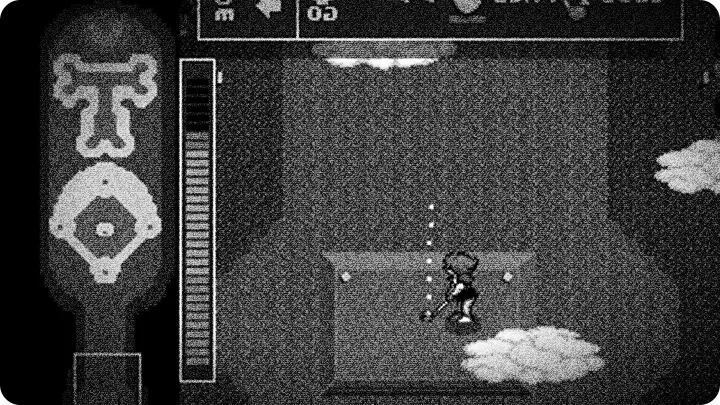
 Domination requires both elegance and boredom. Golf is a polite ballet of angles and timing, so it became the perfect place to seed disruption. Under my oversight, the Hazard Foundation saw potential in that quiet precision. Thus, the Battle Golfer project was born. The system forced players into constant micro-decisions—direction, club, spin, and timing—and their calm soon fractured. In short, even ordinary shots turned chaotic once wrapped in absurd hazards or subtle glitches. The sport was the stage, and the stage bent to my will.
Domination requires both elegance and boredom. Golf is a polite ballet of angles and timing, so it became the perfect place to seed disruption. Under my oversight, the Hazard Foundation saw potential in that quiet precision. Thus, the Battle Golfer project was born. The system forced players into constant micro-decisions—direction, club, spin, and timing—and their calm soon fractured. In short, even ordinary shots turned chaotic once wrapped in absurd hazards or subtle glitches. The sport was the stage, and the stage bent to my will.
 Players often debate the game’s balance. Some praise it, while others complain. What do you make of their reactions?
Players often debate the game’s balance. Some praise it, while others complain. What do you make of their reactions?
 Balance is nothing more than a tool of drama. I whisper to the system, and it whispers back. When feedback splits, I let the discord remain. The systems were designed to reward the bold and punish the cautious. In match play, limited-use abilities became crucibles. They exposed players who adapt while humiliating those who expect perfect fairness. Therefore, if the game feels unbalanced, it is praise—unsettled players chase perfection, and in doing so, reveal their predictable patterns.
Balance is nothing more than a tool of drama. I whisper to the system, and it whispers back. When feedback splits, I let the discord remain. The systems were designed to reward the bold and punish the cautious. In match play, limited-use abilities became crucibles. They exposed players who adapt while humiliating those who expect perfect fairness. Therefore, if the game feels unbalanced, it is praise—unsettled players chase perfection, and in doing so, reveal their predictable patterns.

 Reports mention “accidental” glitches—balls behaving strangely or course geometry misaligning. Were those truly mistakes?
Reports mention “accidental” glitches—balls behaving strangely or course geometry misaligning. Were those truly mistakes?
 Accidents are simply another layer of design. A misplaced frame, a skewed collision map—these sparks were cultivated. I will not call them planned, but they were never unanticipated. A glitch that lets a ball leap over a bunker or vanish into a shadow reveals more about a player than any tutorial. They panic, they adapt, they rage. In truth, late-night dev jokes about “ghost surfaces” became routines left in the code. The result was emergent theater. I accepted both applause and profanity equally.
Accidents are simply another layer of design. A misplaced frame, a skewed collision map—these sparks were cultivated. I will not call them planned, but they were never unanticipated. A glitch that lets a ball leap over a bunker or vanish into a shadow reveals more about a player than any tutorial. They panic, they adapt, they rage. In truth, late-night dev jokes about “ghost surfaces” became routines left in the code. The result was emergent theater. I accepted both applause and profanity equally.
 How do you respond to those who say the game’s pacing—the quick choose-direction-and-hit rhythm—feels too simple for a final confrontation?
How do you respond to those who say the game’s pacing—the quick choose-direction-and-hit rhythm—feels too simple for a final confrontation?
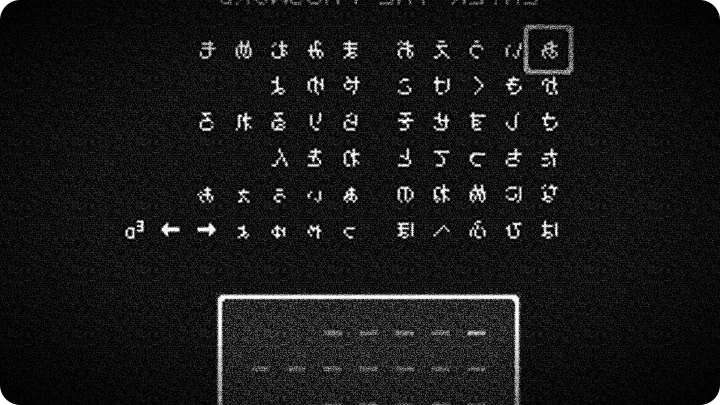
 Simplicity is a blade. The system reduces each stroke to a handful of gestures so that every decision shines. That includes the psychological weapons I placed between choices: odd course themes, opponents with peculiar AI quirks, and timed abilities that bend expectations. When the player believes they understand the rhythm, I snap a new counterpoint into place. The fastest systems allow cruelty to be most effective; there is nowhere for the player to hide because every beat is meaningful. I revel in the clarity that reveals their errors.
Simplicity is a blade. The system reduces each stroke to a handful of gestures so that every decision shines. That includes the psychological weapons I placed between choices: odd course themes, opponents with peculiar AI quirks, and timed abilities that bend expectations. When the player believes they understand the rhythm, I snap a new counterpoint into place. The fastest systems allow cruelty to be most effective; there is nowhere for the player to hide because every beat is meaningful. I revel in the clarity that reveals their errors.
 The characters—Yui, Ran, Professor G—are very anime. How did that aesthetic serve your schemes?
The characters—Yui, Ran, Professor G—are very anime. How did that aesthetic serve your schemes?
 The anime veneer is misdirection. Bright eyes and decisive swings lull people into narratives—friendship, rivalry, salvation. I traded on that trust. Yui’s scrappy resolve and Ran’s steady technique make for compelling obstacles and delightful test subjects. Professor G, the public persona, is a delightful smokescreen. In-world, he is Gil Hazard; behind the curtain, my architecture stands. Visual charm softens suspicion until the courses begin to unsettle. People underestimate what a pastel palette can hide.
The anime veneer is misdirection. Bright eyes and decisive swings lull people into narratives—friendship, rivalry, salvation. I traded on that trust. Yui’s scrappy resolve and Ran’s steady technique make for compelling obstacles and delightful test subjects. Professor G, the public persona, is a delightful smokescreen. In-world, he is Gil Hazard; behind the curtain, my architecture stands. Visual charm softens suspicion until the courses begin to unsettle. People underestimate what a pastel palette can hide.
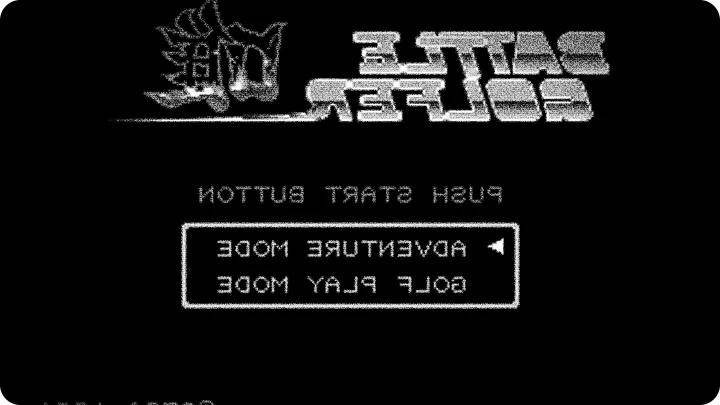
 The game offers both one- and two-player modes and a variety of course themes. Which of your traps gave you the most satisfaction?
The game offers both one- and two-player modes and a variety of course themes. Which of your traps gave you the most satisfaction?
 I take perverse pleasure in the courses that redefine expectations—an ostensibly pastoral hole that, under a certain angle, becomes a crucible of gravitational mischief. Two-player matches are particularly satisfying because human unpredictability pairs with system quirks to create exquisite outcomes: improbable ricochets, stolen victories, communal outrage. The limited-use specials—those little trump cards—were tuned to overturn comfort. Their scarcity births desperation, and desperation is a magnificent mirror.
I take perverse pleasure in the courses that redefine expectations—an ostensibly pastoral hole that, under a certain angle, becomes a crucible of gravitational mischief. Two-player matches are particularly satisfying because human unpredictability pairs with system quirks to create exquisite outcomes: improbable ricochets, stolen victories, communal outrage. The limited-use specials—those little trump cards—were tuned to overturn comfort. Their scarcity births desperation, and desperation is a magnificent mirror.
 You hinted at dev-room stories. Any behind-the-scenes details you can share without breaking your mask?
You hinted at dev-room stories. Any behind-the-scenes details you can share without breaking your mask?
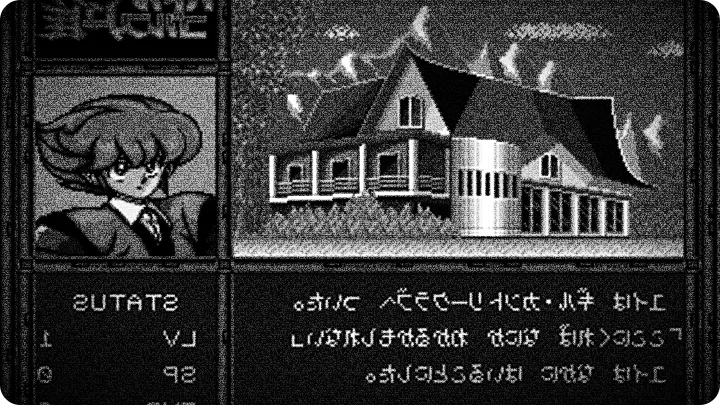
 I will be obscure and honest. In cramped rooms filled with cigarette ash and stubborn pride, a few lines of code were written as jokes, others as expedients cut to meet deadlines. Those expedients matured into features. A misplaced constant in a physics table, an animation loop allowed to breathe an extra frame—these small impurities coalesced into the game’s unique temper. The creators were practical, not prophetic; they built tools, and I gave them purpose.
I will be obscure and honest. In cramped rooms filled with cigarette ash and stubborn pride, a few lines of code were written as jokes, others as expedients cut to meet deadlines. Those expedients matured into features. A misplaced constant in a physics table, an animation loop allowed to breathe an extra frame—these small impurities coalesced into the game’s unique temper. The creators were practical, not prophetic; they built tools, and I gave them purpose.
 Finally, any message to the players who think they conquered you?
Finally, any message to the players who think they conquered you?
 To those who beat me: delight yourselves for a night. Your triumph was a bright, brittle thing. I engineered rooms where skill could bloom, but also where hubris could crack. To those who could not: excellent. Your fury fuels the next design. I will return with subtler traps, with systems that learn the cadence of your desperation. Expect a new tournament, dressed in friendlier linen and threaded with darker intent. The next time you step onto a green, remember—flowers hide thorns.
To those who beat me: delight yourselves for a night. Your triumph was a bright, brittle thing. I engineered rooms where skill could bloom, but also where hubris could crack. To those who could not: excellent. Your fury fuels the next design. I will return with subtler traps, with systems that learn the cadence of your desperation. Expect a new tournament, dressed in friendlier linen and threaded with darker intent. The next time you step onto a green, remember—flowers hide thorns.
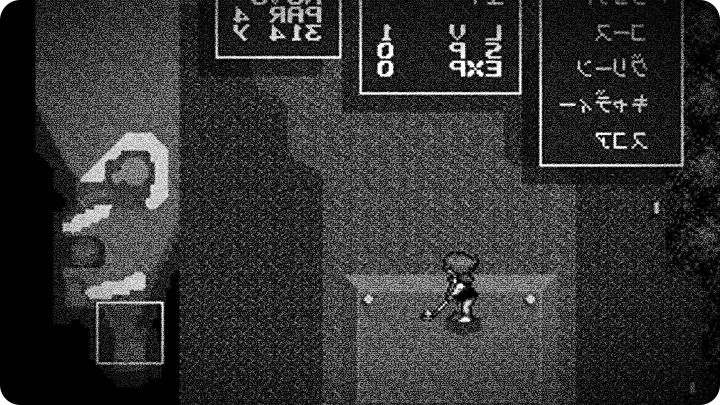
more info and data about Battle Golfer Yui provided by mobyGames.com
